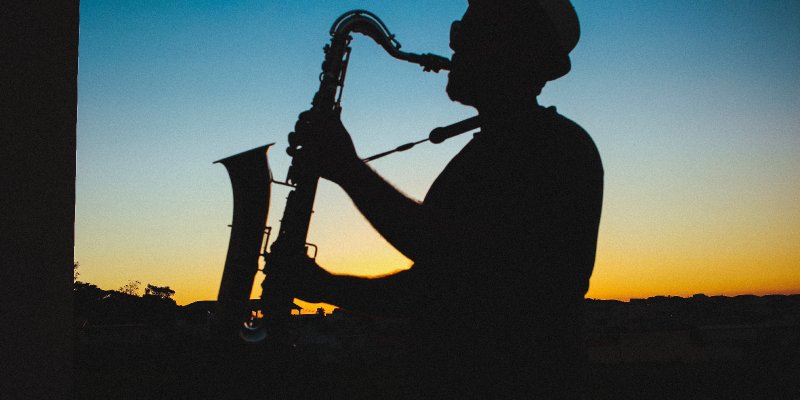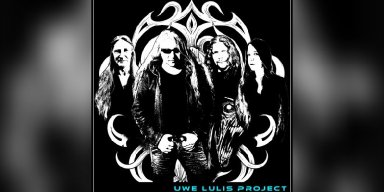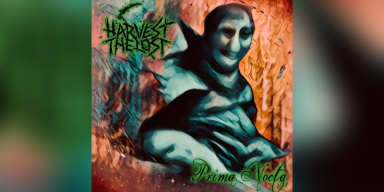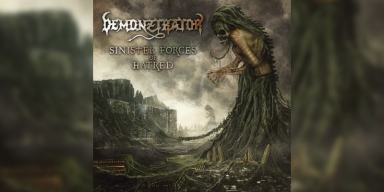
The Beauty of Jazz: Exploring the Origins and Styles of America's Own Music
With the music world rapidly growing, jazz, an over century-old uniquely American musical genre, could get lost in the shuffle. Even as it witnesses a decline in popularity as other genres push it on the peripheries, it has a rich history in American music and culture, which explains its diverse styles. So, what was its origin, why does it have different types, and why does it still enjoy a modest following? We answer all those questions.
The Origins of Jazz
It all started at the end of the 19th century in New Orleans, City. The area had, and still has, a diverse population, including African American, Creole, and European immigrants. This diversity of cultures created a melting pot of musical styles and traditions, so ragtime, the earliest form of jazz, combined elements of African rhythms and European classical music. Ragtime pioneers Scott Joplin and Jelly Roll Morton played in the city's red-light district.
Jazz continued to evolve as it spread to other major cities like New York and Chicago. Its artists improvised by integrating swing rhythms into their music, metamorphosing another style, big-band jazz.
Big-band jazz featured large ensembles of musicians playing popular swing music in the dance halls of the time.
Both ragtime and big-band jazz are still classics in social arenas today. You can enjoy it during your daily routines or various forms of entertainment, such as TV shows and films that use it as a soundtrack or the Jazz-themed casino game titles available on platforms that offer an online casino experience for those looking to enjoy the best sessions.
Jazz Styles
Over the years, jazz has evolved into many different styles, each with unique characteristics and influences. Some of the most famous jazz styles include:
Bebop - emerged in the 1940s and was characterized by fast tempos, complex melodies, and improvisation. Some of the most influential bebop musicians include Charlie Parker and Dizzy Gillespie.
Cool jazz - It’s a more relaxed jazz style featuring a mellow sound that emerged in the 1950s, pioneered by Miles Davis and Chet Baker.
Free jazz - It’s a bit different with characteristics including an experimental, avant-garde sound, introduced by musicians such as Ornette Coleman and John Coltrane in the 1960s.
Fusion - First witnessed in the 70s, the style blends elements of jazz with rock and funk music. Known examples are from the likes of Davis and Herbie Hancock.
Why is Jazz Still Popular in this Era
The 1930s and 1940s jazz standards remain popular despite the many different styles in the genre and continue to captivate listeners worldwide. A lot of reasons have flown around to explain why, but nothing explains this success better than a caption by the legendary Louis Armstrong , who said:
"Jazz is music that's never played the same way once."
Well, with the little you've learned from jazz's history, you'll agree that its improvisational nature makes the performance of familiar melodies unique. Each performance becomes memorable when the artists turn familiar sounds into something exquisite and unique. So, jazz's timeless quality is integrated into its dynamic nature, enabling it to endure the changes in the scene.
Applying the same tactic as the legends like Miles Davis, Nina Simone, and Wynton Marsalis, many jazz artists today continue to push the boundaries of the genre with new and innovative styles.
Another possible explanation for jazz's continued success is sentimental. The genre's history and American culture go way back. Looking at its origin, New Orleans, a city with a profound African American culture and music history, most African Americans feel like this music is an integral part of their heritage. Besides, it played a significant role in the civil rights movement. Musicians Nina Simone and Max Roach used the jazz platform to fight social injustices.
Experience the Beauty of Jazz
Do you want to experience the beauty of jazz in this modern era? There are many ways to do so, from Jazz festivals to Spotify. You'll never miss a chance to enjoy some of the best and latest jazz jams.
Jazz festivals top our list as it allows you to listen to modern jazz musicians and perhaps the best of our time. An alternative to festivals is the many jazz clubs and venues where you can see live performances by up-and-coming jazz musicians.
But you can also listen to jazz from the comfort of your home. You can find many great jazz recordings from conventional music stores or online. Check out these classic jazz albums: Kind of Blue by Miles Davis , The Shape of Jazz to Come by Ornette Coleman, and Giant Steps by John Coltrane.
Jazz radio stations and streaming services will cut it for you for random samples. Many excellent stations offer various jazz styles and artists.
Lastly, this piece is a snippet of jazz's history and culture. But you could learn more about this exceptionally distinctive and exquisite music genre that has made an enduring impression on American culture and music. Its roots in New Orleans and the fusion of diverse cultural traditions have produced a vibrant and varied spectrum of styles that continue to captivate audiences today. Whether you're a seasoned jazz enthusiast or a novice to the genre, there's something for everyone in jazz music. From the lively beats of big band jazz to the innovative sounds of free jazz, jazz's charm is in its ability to progress and astonish listeners consistently. Thus, take a moment to explore the various jazz styles and experience the magic and splendor of America's music. Also, for better understanding, delving into jazz documentaries and literature, which are all available online.
Reviews - Interviews - Promo - Radio Play
Contact zach@metaldevastationradio.com












